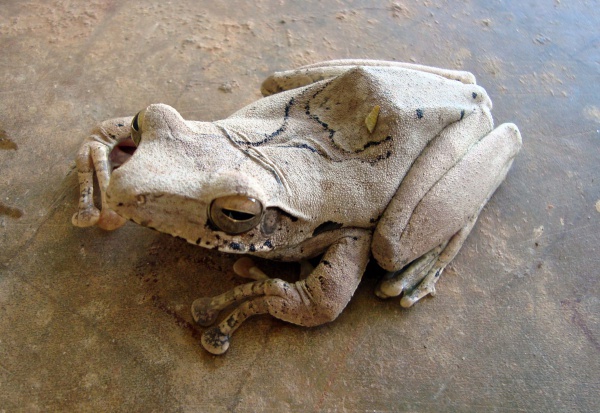Facts About Spotted Whipping Frog
The Indian tree frog, scientifically known as Polypedates maculatus, is a common sight in South Asia. First described by John Edward Gray in 1830, this species was initially believed to include the Himalayan tree frog as a subspecies and Polypedates leucomystax as the same species. These frogs generally grow to a length of about 7-8 cm and exhibit a variety of colors with distinct markings. Male Indian tree frogs possess internal vocal sacs and exhibit fascinating anatomical traits such as vomerine teeth, bony arches on their heads, and unique skin characteristics.
These adaptable frogs are found in countries such as Bhutan, India, Nepal, Sri Lanka, Bangladesh, and potentially in regions of China and Myanmar. Due to their adaptability, the IUCN has classified them as Least Concern. They frequently utilize day roosts and are known for their characteristic call, which resembles a rapid series of rattling noises. Additionally, they possess remarkable adaptations, such as skin secretions that help minimize moisture loss and the ability to change color in response to temperature variations.

 China
China